Have you ever wondered what separates great copywriting from the just-okay stuff? Well, my friend, you’ve landed at the right place. In today’s world, where the competition for attention is fierce, good copywriting is more important than ever. It’s the secret sauce that makes your marketing efforts sizzle, and your brand identity shine.
In this blog post, I’ll dive into the key elements that make copywriting truly stand out. We’ll explore what it takes to create content that not only grabs your audience’s attention but also keeps them hooked and drives them to take action.
Ready to unlock the secrets of good copywriting? Let’s jump right in!
1. Clarity and Simplicity
Alright, let’s kick things off with the first crucial ingredient of good copywriting: clarity and simplicity. You see, people are bombarded with tons of information every day. They don’t have time to decipher complicated language or figure out what you’re trying to say. So, keeping things clear and simple is the way to go.
Keep in mind that the average reading level in the United States is 7th grade. The simpler and more concise the sales copy, the more people it can reach.
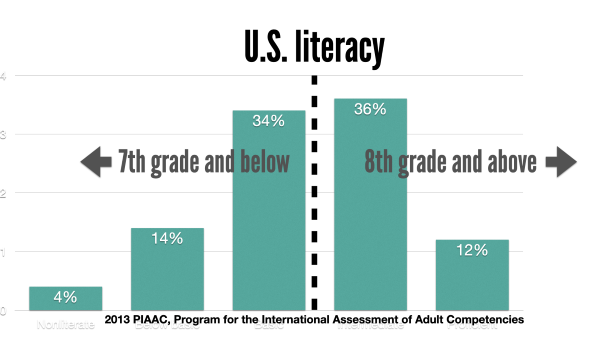
Now, I’m not saying you should dumb things down. Nope! Just make your message easy to understand. Cut the fluff and get straight to the point. And please, oh please, avoid using jargon and technical terms that only a select few will understand. Remember, you’re writing for your audience, not for a college professor.
Here’s the deal: Use short sentences, everyday language, and break complex ideas into bite-sized chunks. This way, you’ll make your copy accessible to a wider audience, and people will actually stick around to read what you have to say. Trust me, they’ll appreciate it.
So, next time you sit down to write, keep clarity and simplicity in mind. Your readers–and your conversion rates–will thank you for it.
If you need help writing better, check out my templates and courses.
2. Craft a Strong Headline
Moving on to our next secret weapon in good copywriting: strong headlines. Let me ask you something–have you ever clicked on an article just because the headline was so intriguing that you couldn’t resist? That’s the power of a killer headline!
A headline’s job is to grab your audience’s attention and make them want to read more. It’s like a fishing hook. If it’s not enticing enough, no one’s gonna bite. So, let’s talk about some tips for creating headlines that’ll make people stop in their tracks:
- Use numbers: People love numbers. They create a sense of order and promise concrete takeaways. “7 Tips for Better Sleep” or “5 Must-Have Tools for Remote Work” These headlines catch the eye and make your content feel more manageable.
- Ask questions: Questions are like an open invitation for people to explore your content. They spark curiosity and make your audience want to know the answer. “Is Eating Late at Night Really Bad for You?” or “Why Are Millennials Choosing Remote Work?” – you get the idea.
- Strong adjectives: Words like “amazing,” “effortless,” or “ultimate” add oomph to your headlines and make them more attractive. Don’t go overboard, though. Too many adjectives, and your headline will sound like clickbait.
- Keep it short and punchy: Brevity is your friend when it comes to headlines. Aim for 8-12 words, and try not to exceed 70 characters. This way, your headline won’t get cut off in search results or social media feeds. A study on viral content found that 7 words tends to be the sweet spot.
Artificial intelligence tools like Jasper can help you create viral headlines with less effort.
3. Understand Your Target Customer
Good copywriting isn’t just about what you want to say; it’s about what your audience wants to hear. If you don’t speak their language or address their concerns, your message will fall flat. That’s why you should fill out a buyer persona template like this one from Visme and keep it handy.
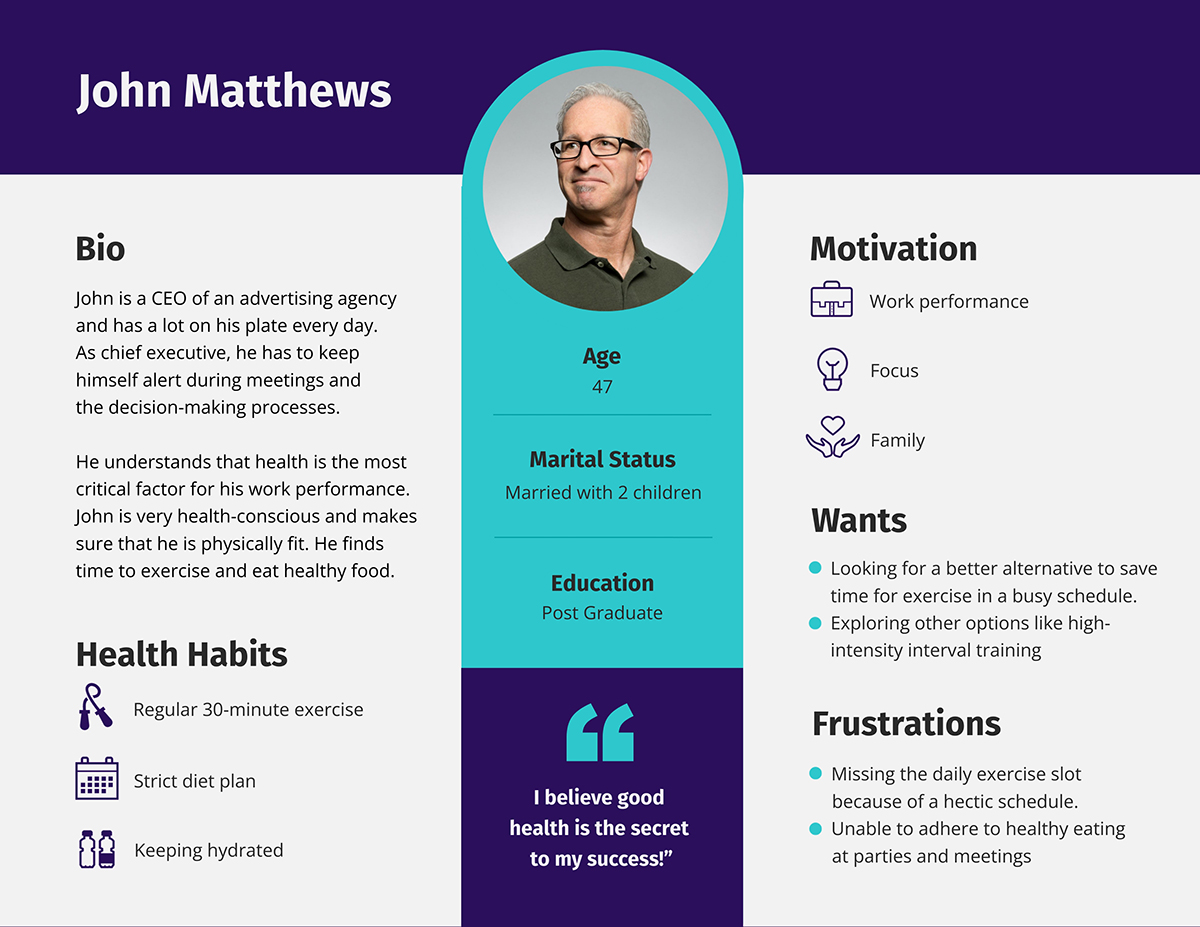
But, how do you get to know your audience better in the first place? Here are some tips:
- Do your research: You can’t create content that resonates with your audience if you don’t know who they are. So, dig deep! Conduct surveys, analyze your website data, and look at your competitors’ audience. Gather as much info as you can to understand your target audience’s demographics, preferences, and pain points.
- Create buyer personas: Buyer personas are like fictional representations of your ideal customers. They help you visualize your audience and tailor your copy to their needs. Start by creating 2-3 personas, each with a name, job title, age, goals, and challenges. Then, use these personas to guide your copywriting and make it more relatable.
- Listen to feedback: Your existing customers can provide valuable insights into what your audience wants. Keep an eye on comments, reviews, and social media discussions to learn about their preferences and concerns. This feedback is gold, use it to inform your copy and create content that hits the mark.
Remember, when you know your audience inside out, you can craft copy that speaks directly to them. It’s like having a conversation, and that’s what makes your content more engaging, persuasive, and effective. You can organize your customer data with a software like HubSpot as you grow.
4. Use Calls to Action
Your copy might be engaging and informative, but if it doesn’t drive your audience to take action, you’re missing out on opportunities. CTAs are like the cherry on top, the grand finale that gets people to click, sign up, or buy. Just using a call to action is proven to increase engagement, especially on channels like social media.
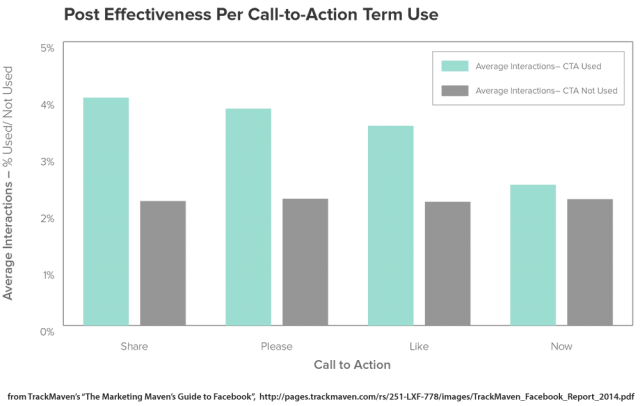
First up, use action verbs. Your CTA should tell your audience exactly what you want them to do. Be clear and direct, using verbs like “download,” “subscribe,” “buy,” or “register.” These words create a sense of action and make it easy for your audience to understand the next step.
Next, create a sense of urgency. People are more likely to take action if they feel they might miss out on something good. Use phrases like “limited time offer,” “only a few spots left,” or “get it now before it’s gone.” This sense of urgency can be a powerful motivator, so don’t be shy to use it.
Lastly, make your CTA stand out visually. You want your audience to notice your CTA, right? So, give it the attention it deserves. Use contrasting colors, bold fonts, and eye-catching designs to make your CTA pop. The more it stands out, the more likely people are to click.
Remember, a well-crafted CTA can make all the difference in turning passive readers into active participants.
5. Storytelling and Emotional Appeal
Let’s move on to another powerful tool in your copywriting arsenal: storytelling and emotional appeal. You know, we humans are hardwired to connect with stories, they help us make sense of the world, learn new things, and feel emotions.
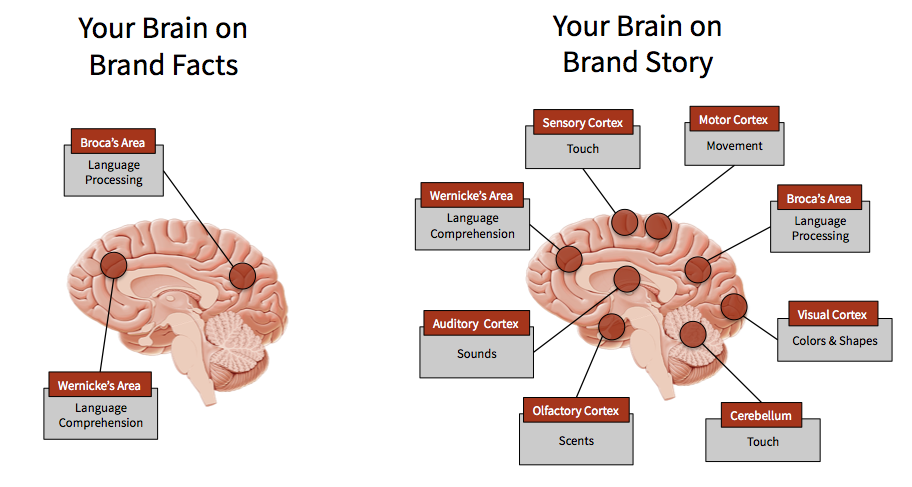
And that is why storytelling is so crucial in copywriting. It brings your content to life and creates a deep connection with your audience. So, how do you weave storytelling and emotion into your copy? Here are some tips.
First, start with a relatable problem. Your audience needs to see themselves in the story you’re telling. Identify a challenge or pain point they’re facing, and use it as the starting point of your narrative. This will help them feel understood and more connected to your brand.
Next, evoke emotion. Emotion is the driving force behind many of our decisions, including purchasing choices. So, tap into your audience’s feelings–be it happiness, fear, or frustration. Use these emotions to make your content more powerful. Just remember, authenticity is key. Be genuine and avoid being overly manipulative.
Lastly, offer a solution. Your story should lead to a resolution. Ideally, the product or service you’re offering. Show how your brand can solve the problem you’ve presented and make your audience’s lives better. This is where the magic happens. When your audience sees the value you bring and feels compelled to take action.
Incorporating storytelling and emotional appeal into your copywriting might take a bit of practice, but the payoff is worth it. When you engage your audience on a deeper level, they’ll remember your message and be more likely to take action.
6. Readability and Formatting
You see, even if your copy is top-notch, it won’t do much good if it’s hard to read or poorly organized. People have short attention spans, and they’ll quickly lose interest if your content looks like a big, intimidating wall of text. So, let’s dive into some tips for making your copy more reader-friendly.
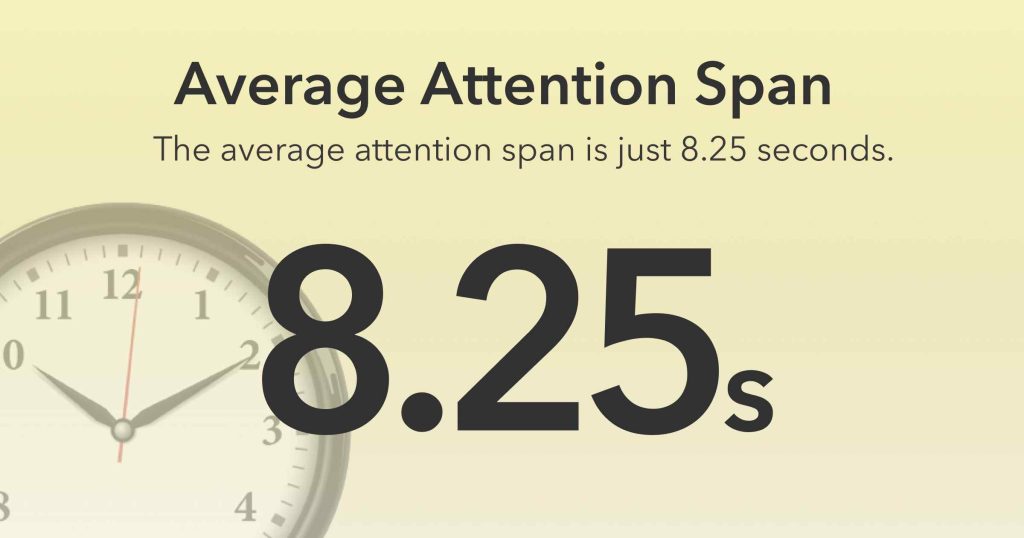
Firstly, embrace white space. I know, it might feel like you’re wasting precious screen real estate, but trust me, white space is your friend. It gives your content room to breathe and makes it easier on the eyes. So, break your copy into short paragraphs. Ideally, no more than 3-4 lines each. This creates a more inviting layout and helps readers digest your content more easily.
Next up, use bullet points and subheadings. These formatting tools are like a road map for your content–they help readers scan your copy and quickly find the information they’re looking for. Plus, they break up your text and make it more visually appealing. So, use bullet points to present lists or key points, and include subheadings to organize your content into logical sections.
Lastly, pay attention to font size and style. You want your copy to be easy on the eyes, so choose a font that’s clean and legible. And don’t go too small–a font size of at least 16px is a good rule of thumb for body text. For headings, go bigger and bolder to create contrast and hierarchy.
7. Consistency and Tone of Voice
Onto our next topic, which plays a big role in making your copywriting stand out: Consistency in Tone and Style. You see, your brand’s voice is like its personality–it’s what sets you apart from the competition and helps your audience connect with you.
So, it’s important to maintain a consistent tone and style across all your content, whether it’s a blog post, social media update, or email campaign.
How do you achieve this consistency? Let’s look at some tips:
- Develop a brand voice guide: A brand voice guide is like a cheat sheet for your copywriting. It outlines the tone, style, and language you should use in your content. Start by defining your brand’s personality – is it friendly and casual, or professional and formal? Then, list the words, phrases, and sentence structures that align with this personality. Having a guide will make it easier to maintain consistency, even when multiple people are creating content for your brand.
- Adapt to the communication channel: While it’s important to maintain a consistent brand voice, you should also adapt your tone and style to the communication channel you’re using. For example, social media posts can be more casual and conversational, while white papers or case studies might require a more formal tone. By adjusting your voice to fit the medium, you’ll make your content more engaging and effective.
- Train your team: If you have multiple people creating content for your brand, it’s crucial to get everyone on the same page. Conduct training sessions to familiarize your team with your brand voice guide and provide feedback on their work. This will help ensure that all your content has a consistent tone and style, no matter who’s writing it.
In a nutshell, maintaining a consistent brand voice is key to building trust and credibility with your audience. When your tone and style are consistent across all your content, your message becomes stronger and more memorable.
8. Proofreading and Editing
I know, I know, it’s not the most glamorous part of the job, but it’s oh-so-important. You see, even the best copywriters make mistakes, and nothing hurts your credibility more than sloppy content full of typos and grammatical errors. So, let’s discuss some tips to polish your copy like a pro:
- Take a break: Once you’ve finished writing your copy, step away from it for a while. Go for a walk, grab a snack, or work on something else. When you come back to your content with fresh eyes, you’ll be more likely to spot errors and inconsistencies.
- Read it out loud: Seriously, give it a try! Reading your content out loud helps you catch awkward phrasing, run-on sentences, and other issues that might be hard to spot when reading silently. Plus, it’s a great way to ensure your copy sounds conversational and natural.
- Use editing tools: In today’s digital age, there’s no excuse for not using editing tools. Programs like Grammarly and Hemingway can help you catch typos, grammar mistakes, and other errors that might slip through the cracks. Just remember, these tools aren’t foolproof – they should be used as a supplement, not a replacement for your own proofreading efforts.
- Get a second opinion: Sometimes, it’s hard to spot errors in your own work because you’re too close to it. So, ask a colleague or friend to review your content before it goes live. A fresh pair of eyes can catch mistakes you might have missed and provide valuable feedback on the overall flow and structure of your copy.
You can learn more about my overall copywriting process in this video:
Final Thoughts on What Makes Good Copywriting
I’ve covered the essentials of what makes good copywriting, from clarity and simplicity to strong headlines, understanding your audience, compelling CTAs, storytelling, readability, consistency, and proofreading. Phew, that’s quite a list!
But, you see, copywriting is an art and a science. It takes time, practice, and a bit of trial and error to find the perfect balance. So, don’t be discouraged if your copy isn’t perfect right away. Keep experimenting, learning, and growing, and you’ll become a copywriting rockstar in no time.
You can also explore my courses and products to help you become a better writer.














